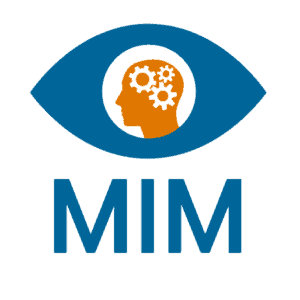Bad Days
Usually after a really good day I’ve found it was sometimes followed up by not so much a bad day but a day that I just couldn’t repeat as well as the day before. It was important to not get discouraged. I realized on the really good days my eyes were working super hard and…

